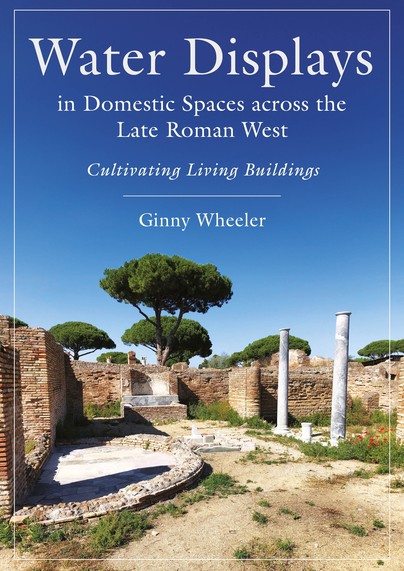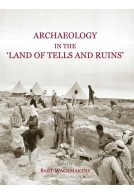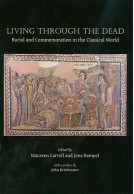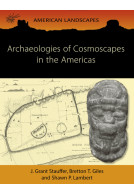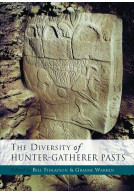Water Displays in Domestic Spaces across the Late Roman West (Hardback)
Cultivating Living Buildings
Imprint: Oxbow Books
Pages: 240
Illustrations: 100 color and B/W illustrations
ISBN: 9798888571125
Published: 29th January 2025
Script Academic & Professional
Pages: 240
Illustrations: 100 color and B/W illustrations
ISBN: 9798888571125
Published: 29th January 2025
Script Academic & Professional
You'll be £45.00 closer to your next £10.00 credit when you purchase Water Displays in Domestic Spaces across the Late Roman West. What's this?
+£4.99 UK Delivery or free UK delivery if order is over £40
(click here for international delivery rates)
Order within the next 3 hours, 29 minutes to get your order processed the next working day!
Need a currency converter? Check XE.com for live rates
(click here for international delivery rates)
Order within the next 3 hours, 29 minutes to get your order processed the next working day!
Need a currency converter? Check XE.com for live rates
For ambitious late antique homeowners seeking to demonstrate their status and taste, water and its display offered almost infinite possibilities. Water Displays in Domestic Spaces across the Late Roman West: Cultivating Living Buildings presents the first synthesis of the archaeological evidence for late antique water features in both urban houses and extra-urban villas across the western Empire. Ginny Wheeler examines a wide and varied range of examples: from decorative basins and pools to fountains of all forms and water-equipped dining couches. Through careful analysis and evocative reconstruction of the water displays in their diverse contexts, this book explores how they were incorporated into late antique residences, the different ways that they enhanced domestic spaces, and the potential motives behind their insertion. To assess the great efforts to which homeowners, particularly in urban settings, went to ensure their installation and continued operation, one case study focuses on the best-preserved cityscape of Ostia. While the roles of water features ranged from practical to aesthetic, social and symbolic, this book highlights their previously under-considered contributions to thermal comfort and sensory experience through in-depth analyses of two Iberian villas. Wheeler identifies broad patterns and regional distinctions in form and décor before reflecting on the multifaceted significance of water in the domestic sphere, informed by literary, epigraphic, and iconographic sources. Beyond contributing to the ongoing debate over fountains’ utility versus aesthetics, this research offers new insights into the organization of life at household and neighbourhood levels, the social relations between homeowners occasioned by water installations, and the understanding and application of environmental design in antiquity.
Other titles in Oxbow Books...







